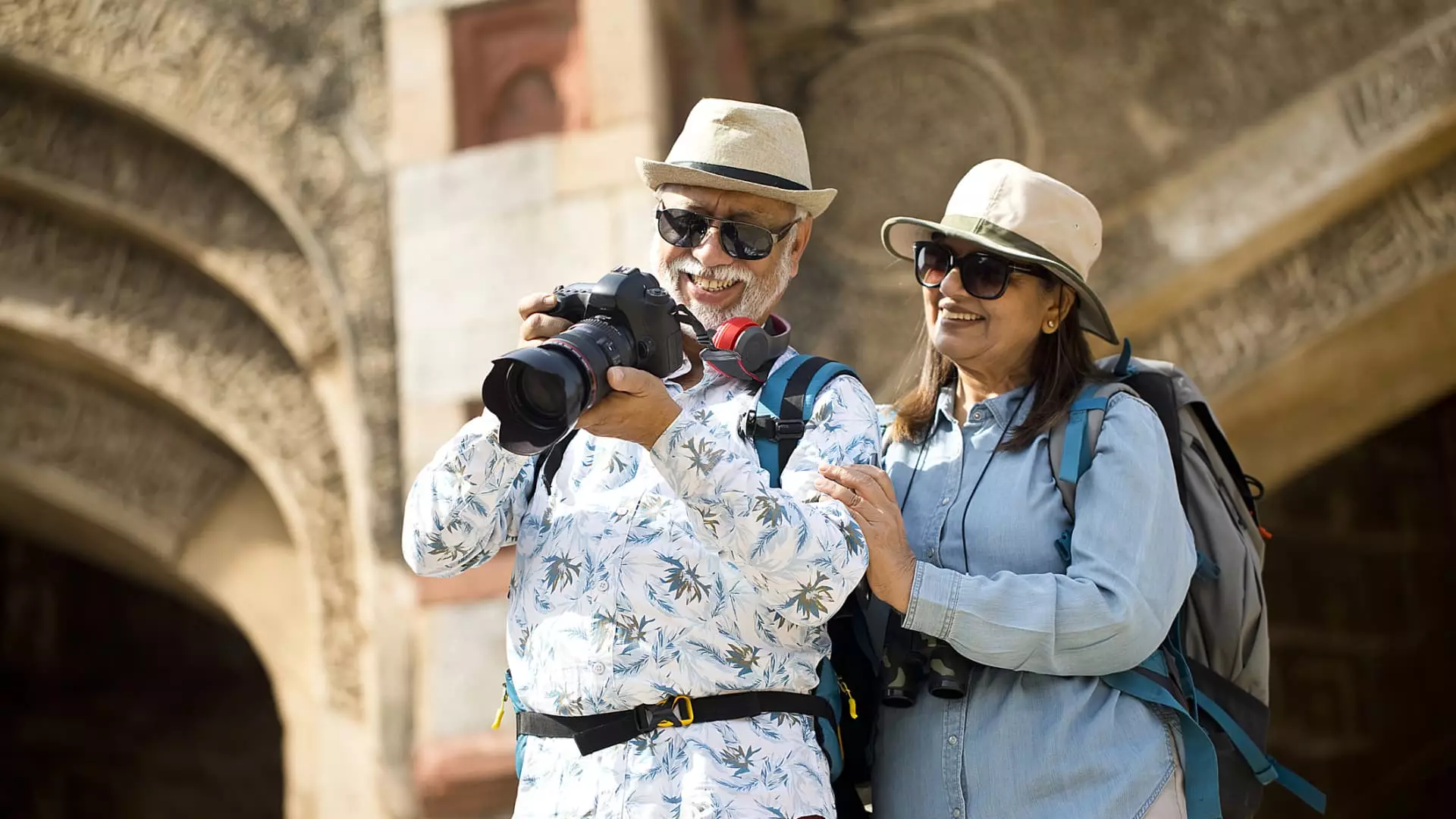India is on the brink of a monumental transformation in the travel landscape, as evidenced by the recent report from the World Travel & Tourism Council. In 2023, Indian travelers spent an impressive $34.2 billion on outbound travel, but industry leaders suggest this is just the tip of the iceberg. According to Alan Watts, Hilton’s Asia-Pacific president, the next decade will witness an explosive growth trajectory for outbound travel from India, predicting the amount spent could more than double by 2034, reaching $76.8 billion. This growth could elevate India to the position of the seventh-largest travel spender globally, jumping from its current rank of 12th.
Watts draws parallels between India and China, underlining India’s massive demographic landscape, which boasts a population of 1.4 billion, predominantly young, and a history of robust GDP growth. These characteristics provide fertile ground for the travel sector. However, he identifies a crucial caveat: while India shares similarities with China, its infrastructure has only recently begun to catch up. The Indian government is heavily investing in enhancing its transport facilities, including roads, high-speed rail systems, and airports, aiming to double its economy to a staggering $7 trillion by 2030, with aspirations of reaching developed nation status by 2047.
Currently, India ranks third in the world for air passenger traffic, trailing only the United States and China. India’s aviation sector is set to experience exponential growth, with projections indicating an additional 960 million air passengers by 2042. The electrifying developments in the aviation sector have already begun, as exemplified by the significant orders from Air India, which recently confirmed the acquisition of 100 Airbus aircraft, complementing their earlier historic order for 470 aircraft in 2023. Similarly, Indigo Airlines, another key player in the Indian aviation industry, has placed orders for 500 Airbus aircraft, set to be delivered within the next decade.
In light of these projections and ongoing advancements, global hospitality firms are keenly preparing for a surge in travelers. Hilton’s announcement of its plan to open 150 Spark by Hilton hotels in India, a brand launched recently in the United States, is indicative of the industry’s optimism towards the Indian market. Watts emphasizes that India currently has a number of branded hotels on par with Las Vegas, suggesting untapped potential for growth in this sector.
Yet, the influx of investment and expansion opportunities is not limited to hospitality giants. The potential for foreign direct investment in India is markedly different this time around, and industry analysts recognize that major players in capital investment are starting to take notice of the myriad opportunities in the Indian market. Major hotel chains—including Marriott, IHG, Hyatt, and Wyndham—are actively strategizing to capture the growing interest among Indian travelers, with Marriott announcing plans to operate an impressive 250 hotels in India by 2025.
As outbound travel trends shift, nations around the globe are courting Indian tourists with tantalizing offers. With the current slowdown in travel from China, countries are capitalizing on this opportunity by establishing new visa-free agreements, launching direct flight routes, and resorting to aggressive promotional campaigns.
A key example is Australia’s recent initiative—a marketing campaign titled “Howzat for a holiday?” which emerged during the Australia-India Test cricket series. This campaign aims to resonate with the massive audience in India, projecting a potential reach of 50 million people. The message is clear: the number of Indian tourists to Australia is expected to double by 2028, indicating a strong sentiment in favor of outbound tourism.
As we navigate through the lens of 2023 and beyond, the potential for Indian travelers to reshape the global travel market cannot be overstated. The youthful demographic, coupled with significant infrastructure investments and a burgeoning middle class, paints a vibrant picture of a nation on the verge of unleashing its travel potential. With industry experts believing that the story of India’s travel boom is only beginning, the global hospitality and tourism sectors must be prepared to adapt to this dynamic shift, gearing up to welcome a new wave of Indian travelers who are eager to explore the world. The future of travel lies not just in the destinations but in the unique stories that emerge from these journeys, fostering cultural exchange and economic growth on a global scale.


Leave a Reply